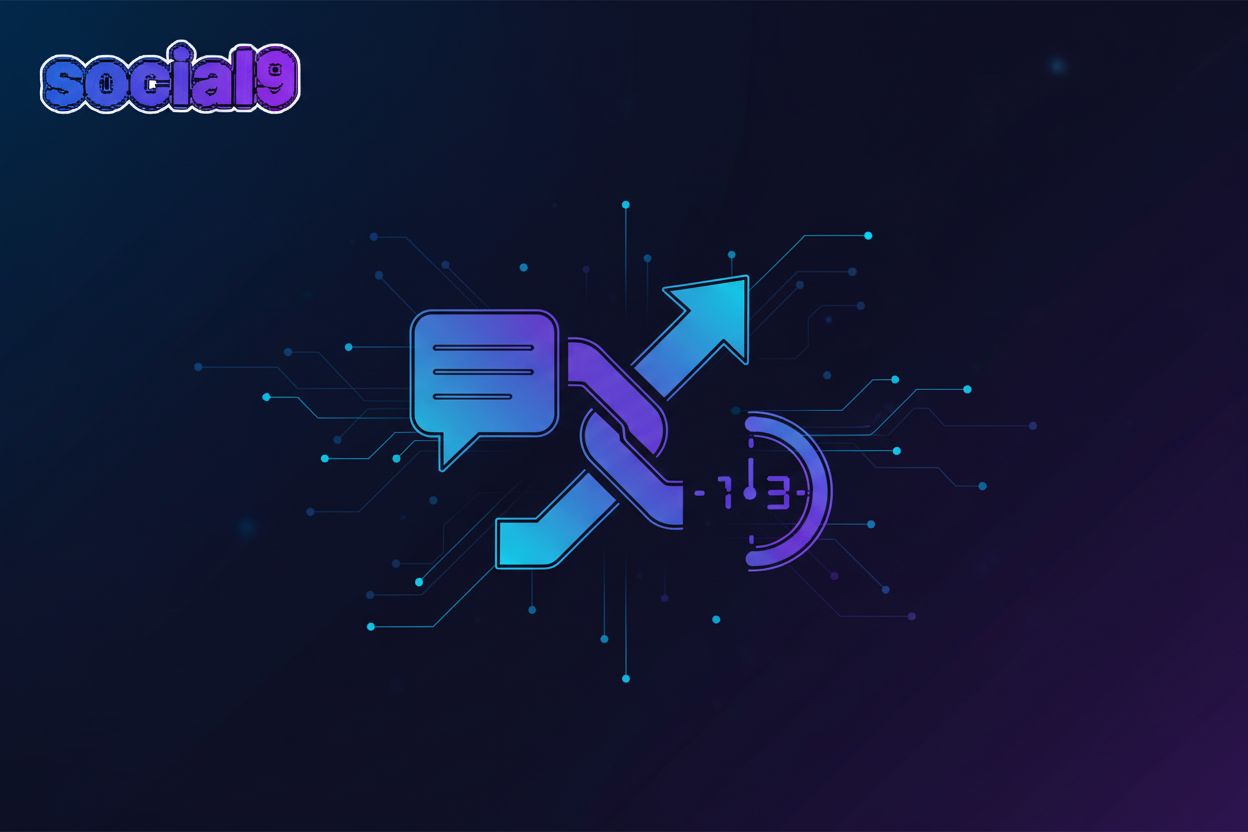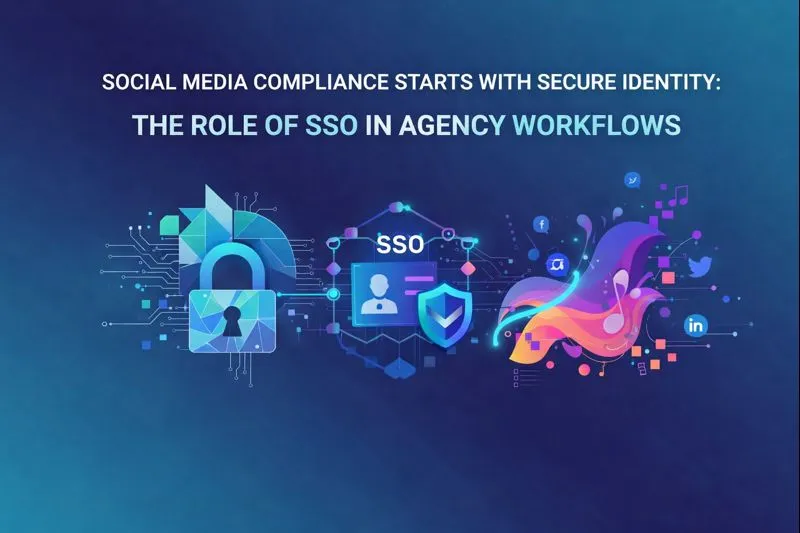How to Start a Blog: A Quick Guide for Beginners
If you’re looking for an easy, step-by-step guide to learn how to start a blog and make money from it, then you’ve come to the right place. We'll cover everything from picking a topic to getting your first post out there.
What is a blog?
A blog is basically a type of website where you publish posts, like articles. The newest ones usually show up first.
Why start a blog?
Here are a few popular reasons people start blogs:
- Make money working from home. I make a full-time income blogging. Many bloggers do the same. Blogging takes work, but it’s a great opportunity because the risk and upfront costs are pretty low.
- Become an author. Book publishers often want authors to have an online presence. It’s just easier to sell books to people who already know you. A blog is a perfect way to get known.
- Help your business or organization. A blog can help businesses and organizations reach a lot of people without costing much.
- Just write. If you want to write, share your story, or encourage others, a blog is a great place for that.
A blog is an online home that you own and control. If you're serious about making a mark online, don't put your livelihood, brand, or reputation in the hands of others (like Facebook, Instagram, YouTube, or other social media). Start a blog instead.
How much does a blog cost?
If you follow the steps below, it works out to about $5 to $10 a month when you pay for a year upfront. (Not bad for your own website, right?) I blogged for years on this budget. As my blog and income grew, I started paying for more premium tools and services, but they aren't necessary to get started. This monthly cost typically covers your domain name and basic web hosting.
Can I start a blog for free?
Yes, but I don't really recommend it if you want to make money. Here's why:
- Limited money-making capability. Some free services put limits on how much money you can make unless you "upgrade" to a higher level. You'll have to pay for that upgrade, which kind of defeats the purpose of having a free blog.
- Lack of support. Companies don't offer free blogs just to be nice. They want to make money. If you're not making them money, they won't go out of their way to keep you happy. Sometimes this means you'll have little to no support. Other times you'll be bombarded with offers for their paid products.
- Only basic features. Basic features might be okay at first, but as you grow, you'll feel the limitations. Expandability and flexibility are key. Both are limited with free blogging services.
- Switching isn’t easy. If you want to switch to a better service later (which is common for those who start a free blog), it's a hassle and can be costly. Doing it yourself takes a lot of time and know-how. Hiring someone to do it right costs hundreds of dollars.
- You can’t use others for inspiration. This happens to new bloggers all the time. They start a blog for free. Soon they notice cool features on other blogs that they want too. The problem is, those features aren't options on their free service.
If those common problems don't convince you, or a free blog is truly your only choice, I'd start with Medium or Blogger.
Millions of people enjoy sharing their thoughts about the experiences and adventures they've had. Talking about hobbies, travel advice, fitness instructions – the choices are endless. People choose blogs because it's not only an easy and fun way to put your creativity into writing, but also a powerful marketing tool for businesses of any size. The best thing is – starting a blog is not a difficult feat.
How to Start a Blog in 6 Easy Steps?
No matter what kind of theme or idea you're aiming for, we're going to walk you through each and every step of how to start a blog.
1. Think About Your Niche
This is the first and most important step in your blogging journey. Think about what you want to blog about – what are your talents and passions?
Perhaps there's a particular skill you're really good at and could share that knowledge with others? Or you want to go behind-the-scenes of your business and let people know more about its products?
Make sure to stay focused on a particular niche. Be it fashion, food, or photography. While it might be tempting to blog about plenty of different topics, that will make it harder to decide on a target audience.
What if I can’t decide on a blog topic?
Start anyway! If you're like most of us, you'll either switch topics or settle into something as you go. Don't make the classic beginner mistake of thinking you have to be sure of your topic before you begin.
What if others already blog about my topic?
Don't worry! Take it as an indication people are interested in your topic. Just make your blog better or different than others talking about the same thing. Again, become the go-to resource for your topic or niche.
2. Choose Your Blogging Platform
Here’s a surprise – you don’t need technical skills to start blogging. We're going to use a content management system, or CMS for short. A CMS allows you to create, manage, and modify website content without needing to know how to code. While there are plenty of options out there, we recommend choosing the most popular CMS – WordPress.
3. Pick a Reliable Web Host
Now, you need to entrust your newly made blog to dependable hands so your website could be accessed without any hiccups. Here's where web hosts come into play. There are many options available such as BlueHost, Hostinger etc.
Now, in order to move forward, we need to decide what kind of web hosting service you'll need. However, ask yourself what kind of a website you envision:
- How much traffic would I expect? What are my goals towards attracting more visitors?
- What’s my budget? How many features will I need?
- How quickly do I want my website to be set up? Will I receive support if I get stuck?
WordPress hosting is the most affordable and easiest way to have your site live. If you’re thinking about building a personal blog or if this is simply your very first website, the WordPress Hosting option is great as it is easy to use and reliable.
4. Select Your Perfect Domain Name
A domain name is essentially an address to your website. That's why thinking of a proper one is an essential task.
Think of what represents your branding persona or niche best. Feel free to turn on your imagination and find something that you'd be happy with.
To see whether the name is taken or not, use domain checker to view what's available. If it's vacant, choose a domain extension alongside and make your purchase right there.
What if the domain name I want is taken?
This is very common. Just choose one later by clicking the link. It’s not a bad idea to wait anyway. It’s amazing how much clarity comes after starting!
If I use an existing domain, will it mess up my other site?
No. If you're purchasing a new domain through your hosting provider, you'll register it with them. If you already own a domain and want to use it with your new hosting, you'll typically point your domain's DNS records to your hosting provider's servers. This process doesn't mess up your other site; it just tells the internet where to find your new blog.
5. Time to Set Up Your Platform and Choose a Theme
Once you're all set, it's time to install your CMS. This can be easily done using Hostinger hPanel. Navigate to your hosting account, select the Auto Installer option and choose WordPress.
It takes just a few minutes to install WordPress. For more information on how to install WordPress step-by-step, we’ve prepared a detailed guide that goes in-depth on how to have your CMS set up and ready.
A theme controls the visual appearance and layout of your blog. Choosing a theme allows you to customize your blog's look and feel, making it unique and appealing to your audience.
6. Start Publishing
If you want to become a successful blogger, you need to provide quality content. Focus on your work, since quantity alone will not bring more traffic.
Don’t be afraid to experiment here and there, seek out for new ideas whenever possible. Start slow and build your blogging by constantly challenging yourself.
Using a CMS paired with good web hosting allows aiming your attention at creating quality pieces rather than troubleshooting server issues all day.
If you focus your attention on the quality of your content and SEO (Search Engine Optimization), you’ll notice an increase in website traffic in no time and potentially be favored by the search engines. Basic SEO tips include using relevant keywords in your post titles and content, and writing descriptive meta descriptions for your posts.
How to Make Money Blogging
Once you start getting some traffic, you can begin to monetize your blog. Here are some common ways:
- Affiliate Marketing: Recommend products or services and earn a commission when someone buys through your unique link.
- Display Advertising: Place ads on your blog through networks like Google AdSense.
- Selling Your Own Products or Services: Offer digital products (e.g., e-books, courses) or services (e.g., coaching, freelance work).
- Sponsored Posts: Companies pay you to write about their products or services.
What if I want a website, not a blog?
Keep reading! The steps below will get you a website with the option of a blog. By setting up WordPress, you're automatically getting the capability to blog. You don't have to use the blog part right away; you can turn it on later if you want.
Conclusion
Starting a blog isn’t hard nor has to be expensive. With the right hosting service and a good CMS like WordPress, you’ll be publishing your content in no time.
Hopefully, this guide was helpful. If you have any questions, make sure to leave them in the comment section.





